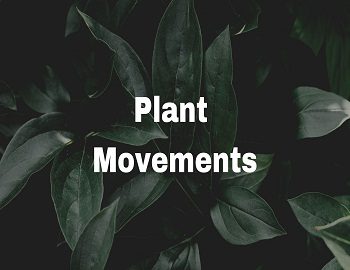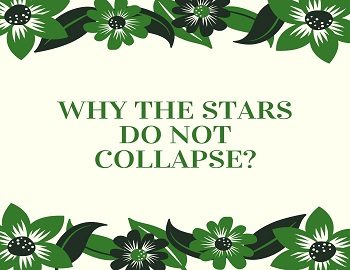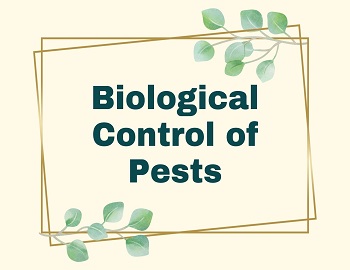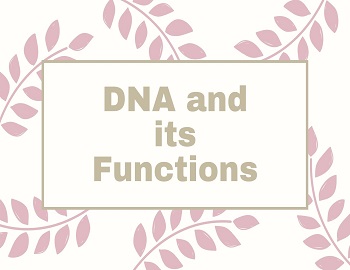Table of Contents
Plant Movements:
The movements in plants are not as clear as they are found in animals. But plants also show the following types of movements-
Locomotory Movements:
It is the type of movement in which an organism moves from one place to another. The plant’s example- Chlamydomonas shows locomotory movements with the help of flagella. It is a reversible movement.
Growth Movements:
In this type of movement the plant remain fixed to one place but its parts show movements. These movements take place along with the growth of the plants and their parts. The growth movements are of two types-
Autonomic growth movement:
It is that movement which takes place spontaneously without any external stimulus. Example- spatial twisting of stem occurs spontaneously as they grow. The stem tip moves in oscillations from side to side as it grows.
Paratonic growth movement:
These are those movements which are induced by some external stimulus.
Tropic Movement:
When a paratonic movement is caused and directed by a unidirectional stimulus– then, it is known as Tropic Movement. Depending upon the nature of the stimulus the tropic movements are of the following types-
Geotropism or Gravitropism:
In response to gravity (stimulus). The roots show positive geotropism and the stem shows negative geotropism. Some stem branches grow at right angles to the stimulus of gravity i.e. they show diageotropism. Some branches grow at some angle other than a right angle to the stimulus of gravity. This response is known as plageotropism.
Example-
- The pneumatophores (respiratory roots) show negative geotropism.
- Runners (Grass, Centella) and rhizomes (Dryopteris, Zingiber) are diageotropic.
- The young floral stalk of the poppy is positively geotropic. However, at the time of the opening of flowers, it becomes negatively geotropic.
Phototropism:
It is that paratonic-tropic movement in which light works as a stimulus. Violet-blue light is most effective. Light is perceived by some yellow pigment, carotenoid (Hager, 1970). Stems show positive phototropism and roots show negative phototropism.
Example-
- Flower of Sunflower is positively phototropic, i.e. it moves from east to west along with sunlight.
- Before fertilization, the ovary stalk of the groundnut is positively phototropic. However, after fertilization, it becomes negatively phototropic. The response makes the fruit geocarpic.
Hydrotropism:
It is that paratonic-tropic movement in which water works as a stimulus. Roots show positive hydrotropism and the stem shows negative hydrotropism. Roots show stronger hydrotropism as compared to geotropism.
Thigmotropism (Haptotropism):
It is that paratonic-tropic movement of growth in which contact/touch works as a stimulus.
Example-
- Closure of the leaves in Venus fly-trap.
- Coiling of tendrils (Passiflora, Cucurbita, Vitis).
- Twiners (Lablab, Ipomoea, Convolvulus).
- Haustoria in Cuscuta.
Chemotropism:
It is that paratonic-tropic movement of growth in which chemical works as a stimulus. Example- the growth of the pollen tube towards the ovary (embryo sac) takes place toward higher Ca+ concentration.
But when a paratonic movement is not caused by a unidirectional stimulus and it does not direct the movement then it is called a Nastic movement. Example- the opening of flowers with the change in light intensity is known as a photonastic movement. Sleep movement in Siris and Raintree is called as Nyctinasty.
Turgor Movements or Seismonasty:
These are the nastic movements of turgor in response to the stimulus of shock. The shock giving stimulus maybe touch, mechanical, electrical, thermal, or chemical. These movements are regulated by turgor pressure and the turgidity of plant cells. Example– in a sensitive plant (Mimosa pudic), when any part of the compound leaf is touched- its leaflets close down and the whole leaf hangs downwards.
These compound leaves have a swollen base known as Pulvinus. The base of each leaflet is also swollen known as Pulvinule. The pulvinus and pulvinules are made up of loosely arranged parenchyma cells. When the touch stimulus reaches the pulvinus, then the parenchyma cells lose their K+ ions into the spaces of pulvinus and it is followed by the loss of water by them. As a result, these cells become flaccid, and the leaflets close followed by the drooping of the whole leaf.
Once the touch stimulus is taken away, the K+ and the water from the intercellular spaces again enters into the parenchyma cells of pulvinus and pulvinules. These cells again become turgid. As a result leaflets again open and the leaf goes back to its normal position.
Therefore, the turgor movements are reversible, but the growth movements are irreversible.









Comments (No)